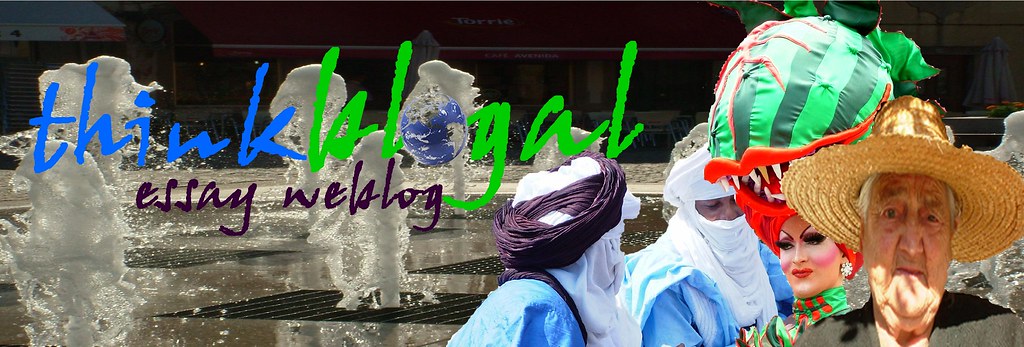On December 26th 2004 a tsunami, resulting from an ocean-based hearthquake, hit Southeast Asia. The consequences were devastating: 283,100 people were killed; 14,100 are yet missing; and 1,126,900 people have been displaced from their land. The origins of the earthquake and ensuing tsunami were located north of the Simeulue Island and affected the coasts of Indonesia, Sri Lanka, Thailand, South India and other countries as far as South Africa, 8000 km away from the earthquake’s epicentre.
Due to the impressing devastation caused by the waves, anthropologists feared for the very survival of several peoples from the Andaman and Nicobar Islands. The geographical localization of these islands presented a serious possibility that entire communities of human beings would have been destroyed. The concern was justified, since some of the local population, namely the Andamenese (Great Andamenese, Jarawa, Jangli (*), Sentinelese and Onge), are one of the most primitive cultures still remaining in the planet. They are hunter-gatherer communities, with almost no contact with the outside world, which has allowed them to maintain their cultural features for about 14000 years. This extremely long period of isolation has, perhaps, no parallel. Until the 19th century, the Andamenese knew nothing about fire or agriculture and had the habit of killing all foreigners that decided to stop by. In the same century, the British established penal colonies on these Islands, which resulted in the settling of other cultures, specifically the Indian and the Burmese, and in the consequent loss of Andamenese territory and population. Several communities were extinct, so today only Sentinelese and Jarawa have been able to remain separated from outside contact.
The concern from the academic community took several researchers to go to the islands in the weeks following the tsunami. Surprisingly, they found no casualties among the natives. Some non-indigenous settlers were affected but no Andamenese was killed by the waves. The researchers were astonished and asked the aboriginal inhabitants for the reasons of their survival. The answer was straightforward and it follows.
The natives were in the beach when they felt the earthquake. They saw the trees moving and so they knew.
They knew that the evil spirits that live in the trees were preparing some evil event, for trees only move when bad spirits are disturbed.
They knew that, from time to time, the sea and the earth dispute their borders. It is a natural event. The sea and the earth have divided the planet between themselves, but the borderline is not stable and so, occasionally, the sea or the earth try to gain more territory, invading its opponent’s domains.
They knew that when this happens, all human beings should run for the mountains, once they are nature’s weakest link. Both the sea and the earth are much more powerful forces. Forces against which all men are powerless. Forces whose confrontations are not men’s business, even if they greatly affect the existence of human beings (as the tsunami did).
They knew that they had to conduct their women and children off the beach and to some high place and just wait. Wait for the moment when the border between the sea and the earth was stable once again. Until then, no one would know what could happen.
They knew that if they did so, they would survive, for they had listened to the sounds of the bad spirits in the trees and they had felt that the earth and the sea were about to measure their strength against one another.
And so they lived to tell their story to the world. They told tales of being quite surprised with the numbers of the tragedy. They claimed that modern Man does not understand, or does not want to understand, that he is indeed nature’s weakest link. That nature should be respected, along with the evil spirits that live in the trees.
They knew they were right. They knew what to do. They survived.
So, who is primitive? Who is modern? Who is efficient? Who is wise? Who is rational? If rationality can be measured by the holding of a purpose, is not survival our most wanted gold? If rationality is knowledge, how come did primitive, indigenous people, isolated from the outside world for 14000 years, know what to do in order to survive, and how come did modern Man, capable of cloning itself, not know?
(*) The Jangli people were extinct by the 1920s.













<< Home